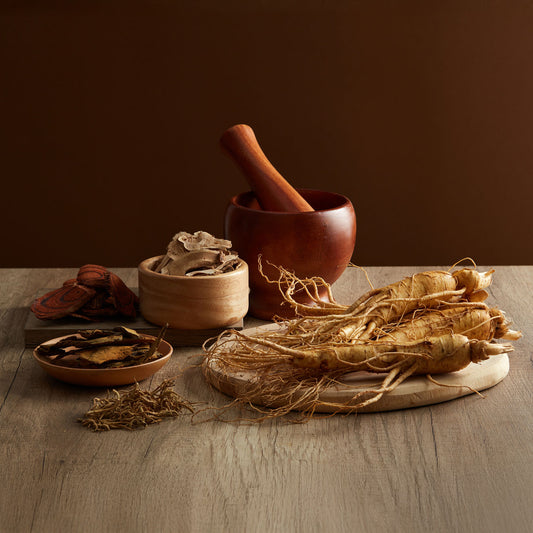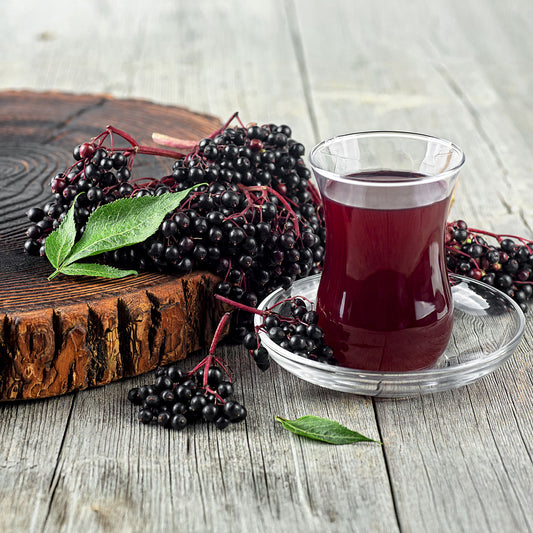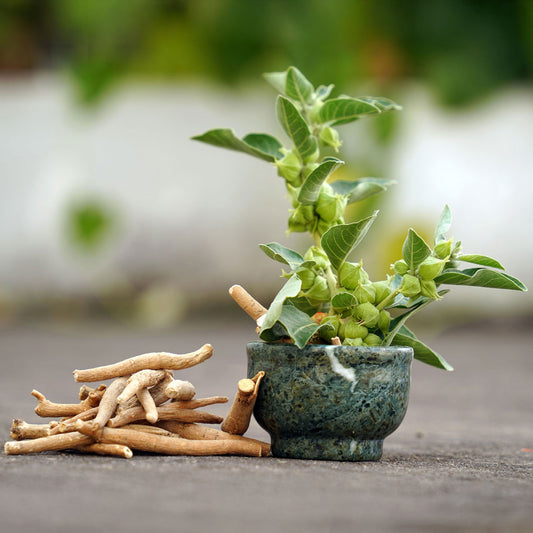Latin Name: Sambucus nigra
Common Names: European Elder, Black Elder, Elderberry
Botanical Description
Elderberry (Sambucus nigra) is a deciduous shrub or small tree in the Adoxaceae family. It is native to Europe, though it also grows in parts of North America. The plant features clusters of small, white flowers (elderflowers) and dark purple-black berries, which are the most commonly used parts in herbal preparations. Elderberry can grow up to 6 meters in height and is often found in woodland areas and hedgerows.
Growing Conditions
Elderberry thrives in temperate climates and prefers moist, well-drained soil. It grows best in full sunlight but can also tolerate partial shade. Elderberry plants are commonly found in Europe and North America, often near rivers or damp areas. They can be cultivated in home gardens or harvested in the wild, with berries ripening in late summer to early autumn.
Traditional and Contemporary Uses
Elderberry has a long history of use in European folk traditions, where it was used to support general wellness and immune function.
In modern herbal practices, elderberry is often used to support:
- Immune health: Elderberry is commonly included in herbal formulations designed to promote immune function and support the body’s natural defenses.
- Seasonal wellness: It has traditionally been used to help maintain overall health during seasonal changes.
- Antioxidant support: Elderberry contains compounds with antioxidant properties, which help protect cells from oxidative stress and maintain general well-being.
Constituents
Elderberry is rich in anthocyanins, flavonoids, and other polyphenols, which are thought to contribute to its beneficial properties. It also contains vitamins A and C, as well as minerals like potassium and iron. The high antioxidant content in elderberry is one of the key factors behind its popularity in herbal remedies.
Harvesting and Sustainability
Elderberries are typically harvested in late summer or early autumn when the berries are fully ripe and dark purple in color. The berries are often dried, juiced, or turned into syrups, extracts, and powders. Elderberries should be cooked before consumption, as raw berries and other parts of the plant can be toxic if ingested in large quantities. There are currently no major sustainability concerns related to elderberry, but responsible harvesting and cultivation practices help ensure its long-term availability.
Precautions and Considerations
Elderberry is generally regarded as safe when used appropriately in food and supplements. However, raw berries, bark, and leaves of the elderberry plant can cause digestive upset if consumed, and should always be processed before use. Individuals who are pregnant, nursing, or taking medication should consult a healthcare professional before using elderberry supplements.




